ICSI-AOA made the overseas couple’s dream of a parent a reality

Female Patient X was 33 years old, and the couple were entered into a marital status before 6 years. The couple were living outside India (overseas) and came to India for their fertility treatment.
History of Female Patient X:
Elsewhere in overseas, female patient X underwent a hysterosalpinography (HSG) procedure, a radiographic evaluation technique predominantly used in the evaluation of infertility related to determine the shape of the uterine cavity and the condition of the fallopian tubes, that is, blockage of the fallopian tubes. In the course of HSG, female patient X was diagnosed with a blockage in her right tube.
Also, she had a past history of failed intrauterine insemination (IUI), a form of artificial insemination - one of the most common treatment options for infertility. After the failure of IUI, with the advice of the best IVF doctor in Delhi-Dr Sandeep Talwar, female patient X underwent in vitro fertilization (IVF, a complex series of procedures used to help with fertility or prevent genetic problems and assist with the conception of a child). In this procedure, female patient X was monitored and stimulated during her ovulatory process, an ova or egg was removed from her ovaries, let sperm fertilize it in a lab culture medium, and the process was repeated. It was implanted in the uterus after the fertilised egg (zygote) had undergone embryo culture for 2–6 days, with the goal of establishing a successful pregnancy. This process too got failed for female patient X.
Visit to Nova IVF
Having depressed with the failure of both IUI and IVF, the couple with a dream of having a child was unaware of further treatments. They came to know about the best IVF clinic in Delhi, Nova IVF Vasant Vihar and scheduled an appointment with our clinic with the hope of effective treatments to solve their problem. During their clinical visit to Nova IVF Vasant Vihar, Dr. Sandeep Talwar-the best IVF doctor at Nova IVF Vasant Vihar, Delhi, was reached out for advice on the case. During her first visit with Nova IVF Delhi, normal and routine and also specific tests were conducted with regard to her infertility problems. Based on the results of these tests and the couple had multiple failed IVF attempts, the team at Nova IVF fertility center Vasant Vihar, Delhi recommended oocyte activation and ICSI cycle. IVF has been helpful in many cases of infertility, and ICSI has offered hope of achieving fertilization in cases of severe male infertility. The couple were well informed about the methods and procedures followed during the treatment and were agreed to follow the instructions given by Dr. Sandeep Talwar.
After 30 minutes from the couple’s agreement for the treatment, post-ICSI oocytes were incubated in a culture medium containing 10 uM calcium ionophore A23187 (Sigma) for 5 minutes at 37℃ and 6% CO2. A total of 3 oocytes were retrieved and 3 embryos were formed after oocyte activation & ICSI.
On 09 April 2018, patient X was evaluated for human chorionic gonadotrophin (beta-hCG) and the finding was 761 mIu/ml.
What is beta-hCG?
Beta-hCG is the name for human chorionic gonadotropin, also known as the pregnancy hormone as the body begins to secrete it at the moment the implantation of the embryo in the endometrium. Hence, its presence in blood and urine makes it possible to confirm the existence of a pregnancy very early: after 13 days, counting from the moment in which the ovarian puncture is performed to retrieve the eggs.
What is known as an oocyte activation?
Oocyte activation consists of a series of changes initiated by the sperm upon entering the oocyte and ending with its fertilization. If the sperm is not able to initiate the changes or the oocyte is not able to generate them, fertilization will not occur.
Ultrasound was done on 17 April 2018, which showed an intrauterine gestational sac (a fluid-like structure surrounding an embryo) of 5 weeks. Ultrasound was repeated on 30 April 2018, which showed a single living fetus of 7 weeks. However, a small number of oocytes remain unfertilized despite the injection of spermatozoa. The low fertilization rate or its total failure that occur in some ICSI cases is due to non-activated oocytes and accounts for 5%. Several studies have reported success after previous fertilization failures by artificially activating oocytes.
What is known as assisted or artificial oocyte activation?
Assisted oocyte activation techniques, commonly known as artificial oocyte activation techniques, are also defined as the techniques that simulate the naturally occurring process of the resumption of growth of the fertilized oocyte. Nowadays, these technique have been developed that enhance the fertilization process, once the sperm enters the oocyte. The main ways are through mechanical or electrical or chemical stimuli.
On Day 3 (2 grade A), the transfer of embryo was done on 24 March 2018.
What is embryo transfer?
Embryo transfer into the uterine cavity is the last and decisive step in the process of achieving pregnancy through ICSI. It can be performed two, three or five days after follicular puncture. The team at Nova IVF fertility center (clinicians and embryologists, together) are the ones who will determine the optimal day for the transfer depending on your specific case. The process is usually simple and, like the puncture, is performed in the operating theatre. Prior to the transfer, an abdominal ultrasound is performed to assess the position of the uterus and the state of the endometrium. The gynaecologist then inserts a vaginal speculum to visualise the cervix and perform a careful cervical cleaning. The embryo transfer is carried out with a very thin catheter, made of a very flexible material, so as not to damage the walls of the endometrium (a mucous membrane that lines the uterine cavity, which is the place where embryo implantation takes place). It is not a painful process, so it does not require sedation. Once this process has been carried out, the actual transfer takes place, which consists of the introduction of a specific catheter into the uterine cavity, always in an ultrasound-guided manner, so that the place and time where the embryos are to be placed can be perfectly visualized. After the embryo transfer, it is advisable to rest for a few minutes. Afterwards, daily activity can be resumed without any problem, with minimal restrictions.
Hence, looking at the previous history and the evidence from a few literature studies, Nova IVF fertility Vasant Vihar, Delhi, used this treatment modality and were successful in giving her a live baby.
Remarks:
Motherhood is the most precious time in a woman's life. Finally, the team at Nova IVF fertility center Vasant Vihar, Delhi made the overseas couple’s dream of a family a reality.
 Infertility Counselling
Infertility Counselling Female Infertility Treatment
Female Infertility Treatment Andrology Treatment
Andrology Treatment Fertility Enhancing Surgeries - Female
Fertility Enhancing Surgeries - Female Fertility Enhancing Surgeries - Male
Fertility Enhancing Surgeries - Male Endoscopy Treatment
Endoscopy Treatment IUI Treatment
IUI Treatment IVF Treatment
IVF Treatment ICSI Treatment
ICSI Treatment Advanced IVF Solutions
Advanced IVF Solutions Embryology
Embryology Vitrification Egg, Embryo, Sperm Freezing
Vitrification Egg, Embryo, Sperm Freezing Preimplantation Genetic Testing (PGT)
Preimplantation Genetic Testing (PGT) Donation Program Embryo / Egg / Sperm
Donation Program Embryo / Egg / Sperm Self-cycleTM IVF
Self-cycleTM IVF

 Self-cycleTM IVF
Self-cycleTM IVF


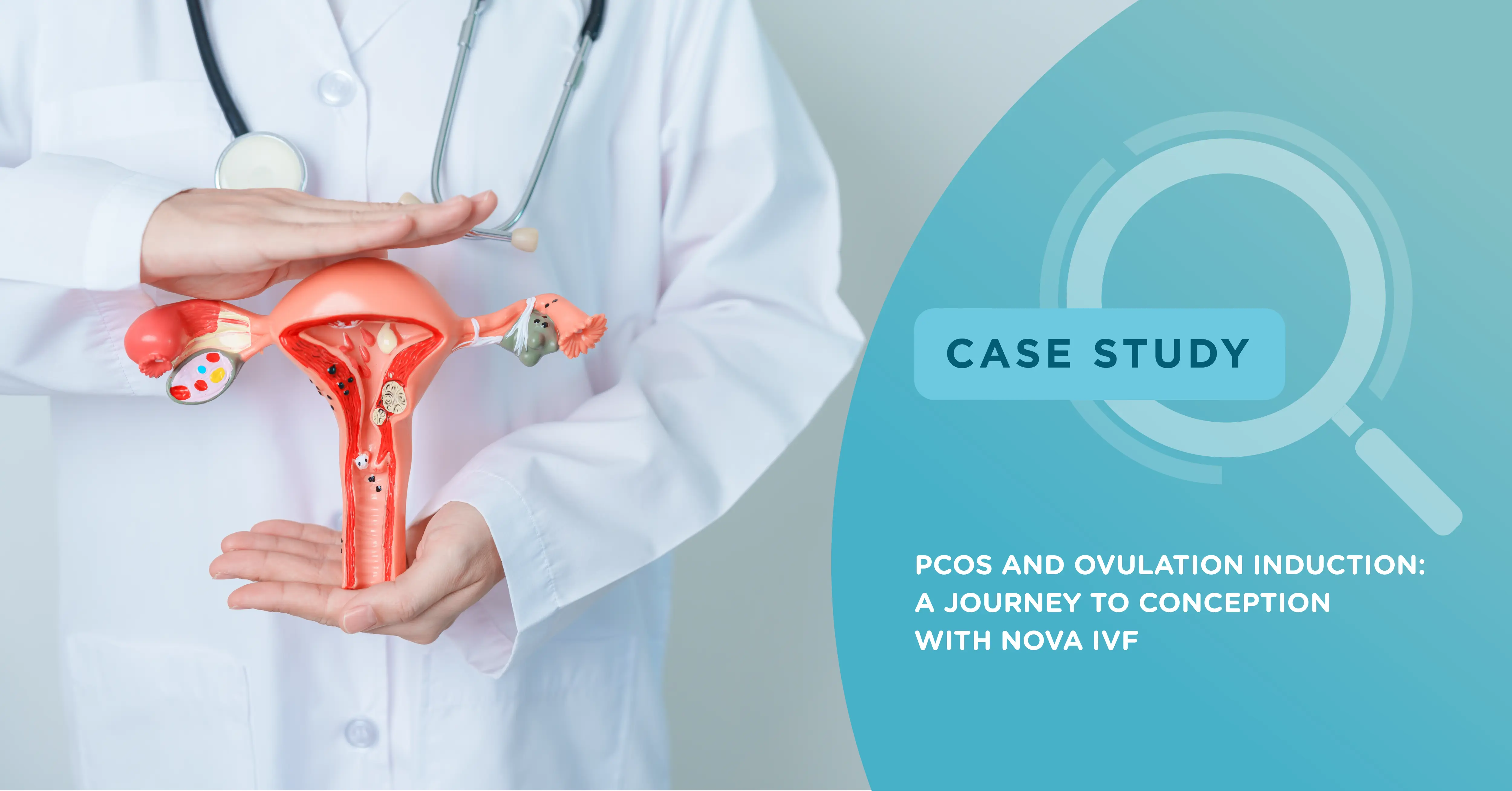
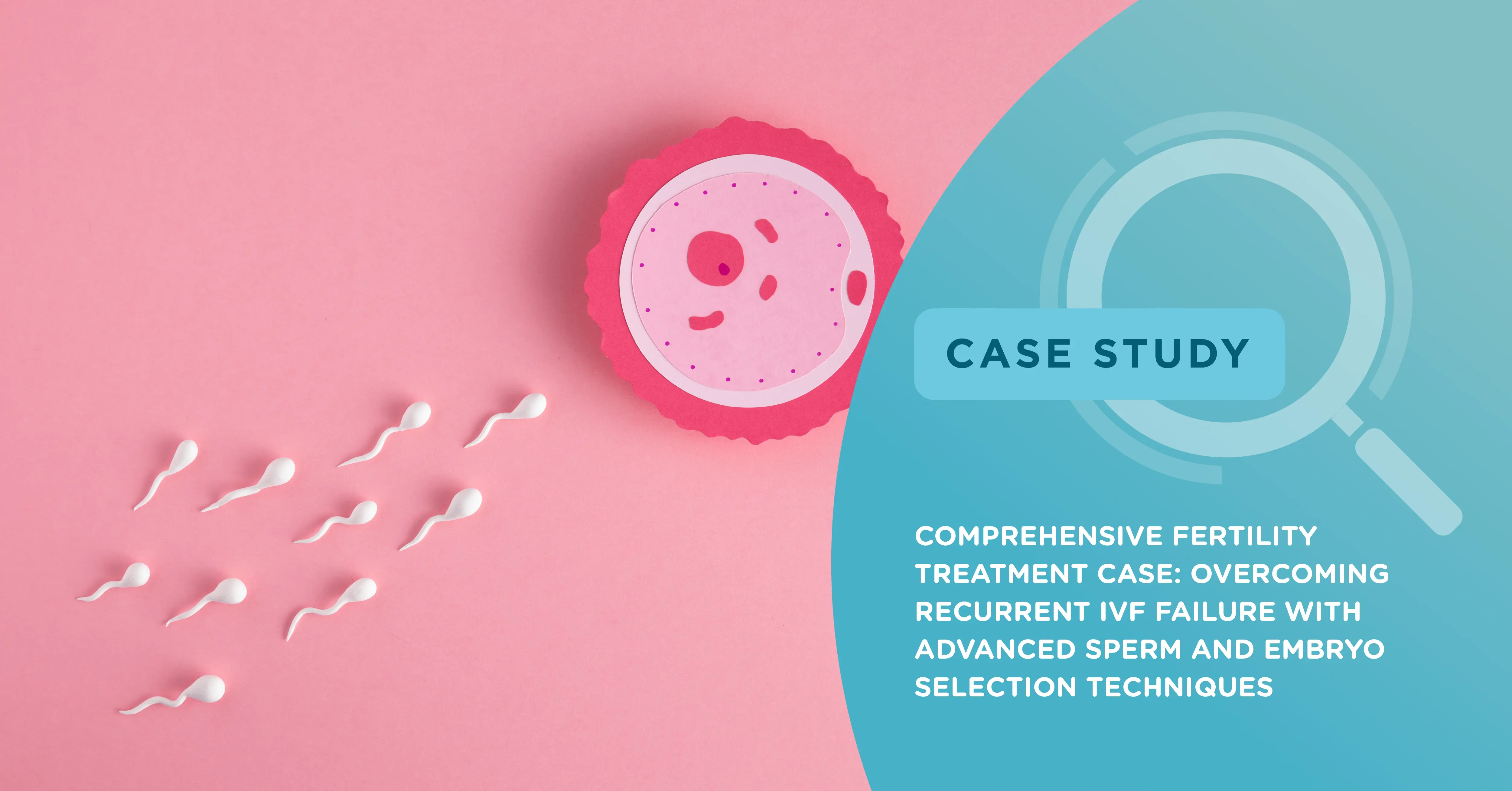
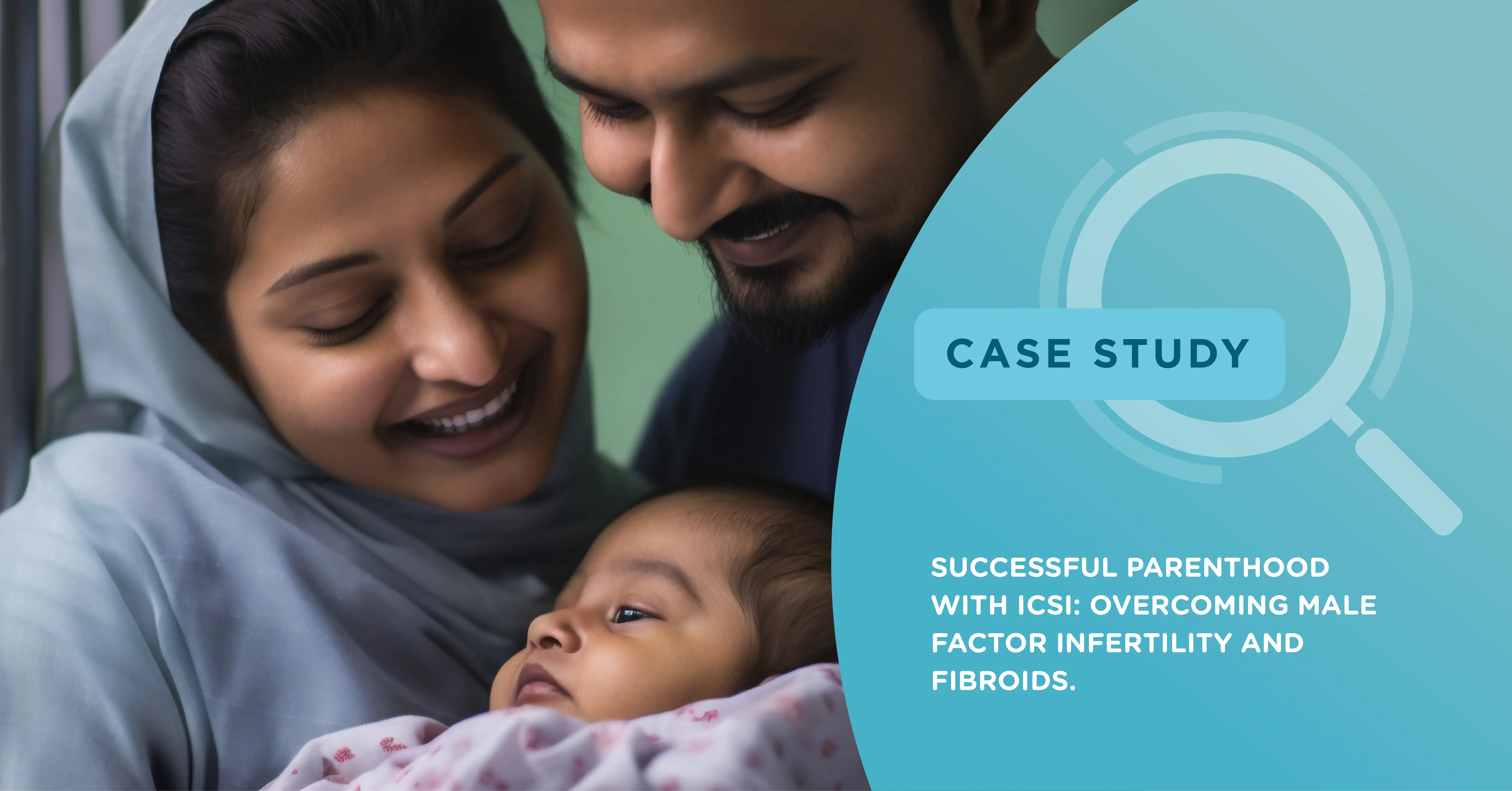
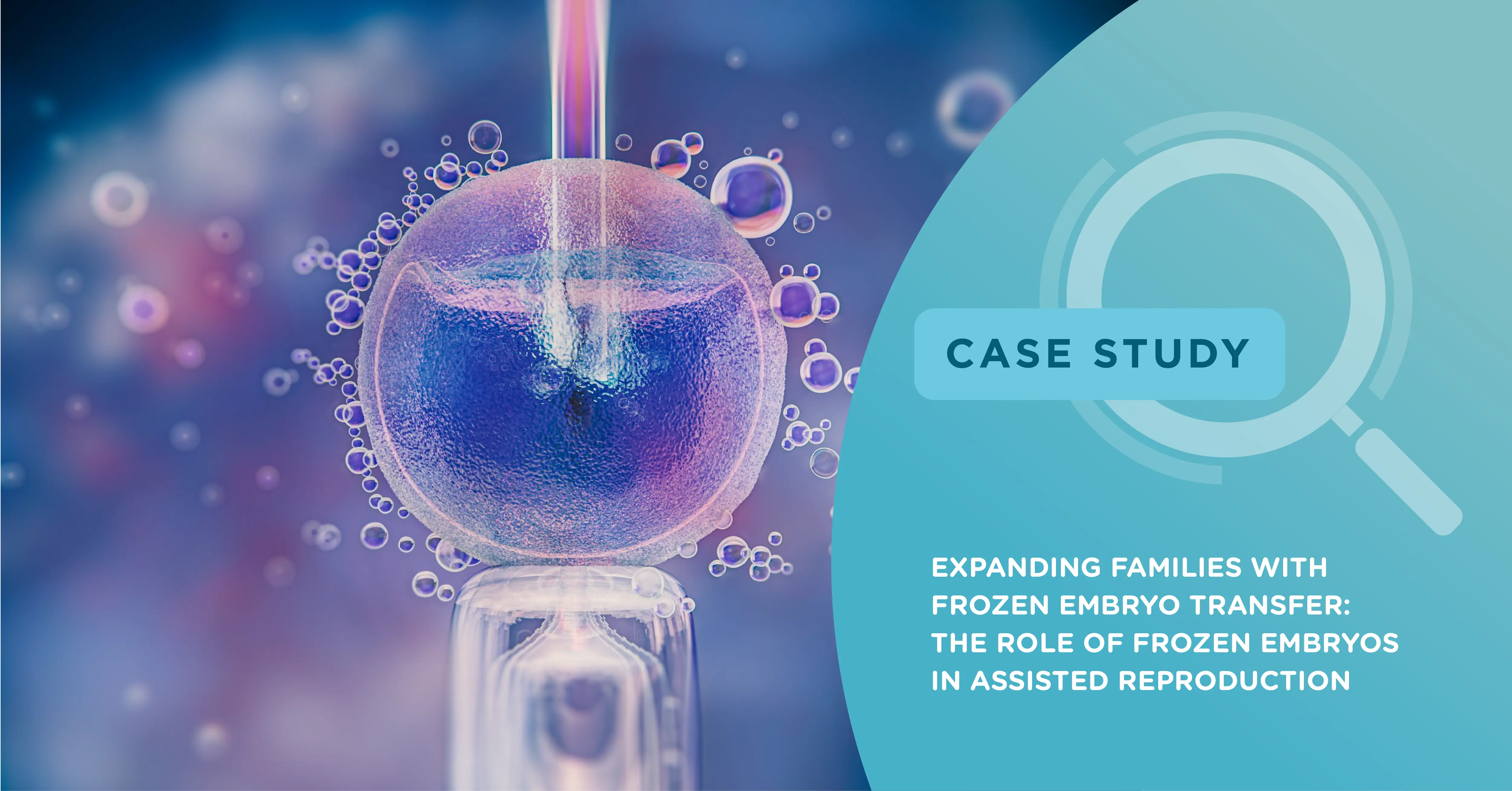

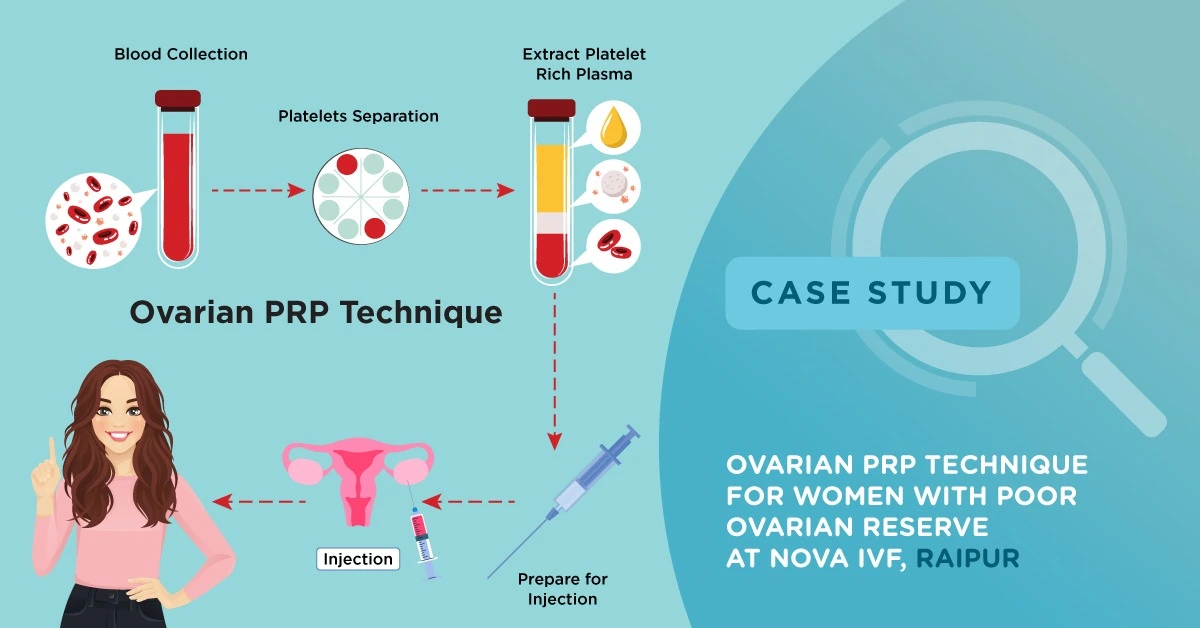
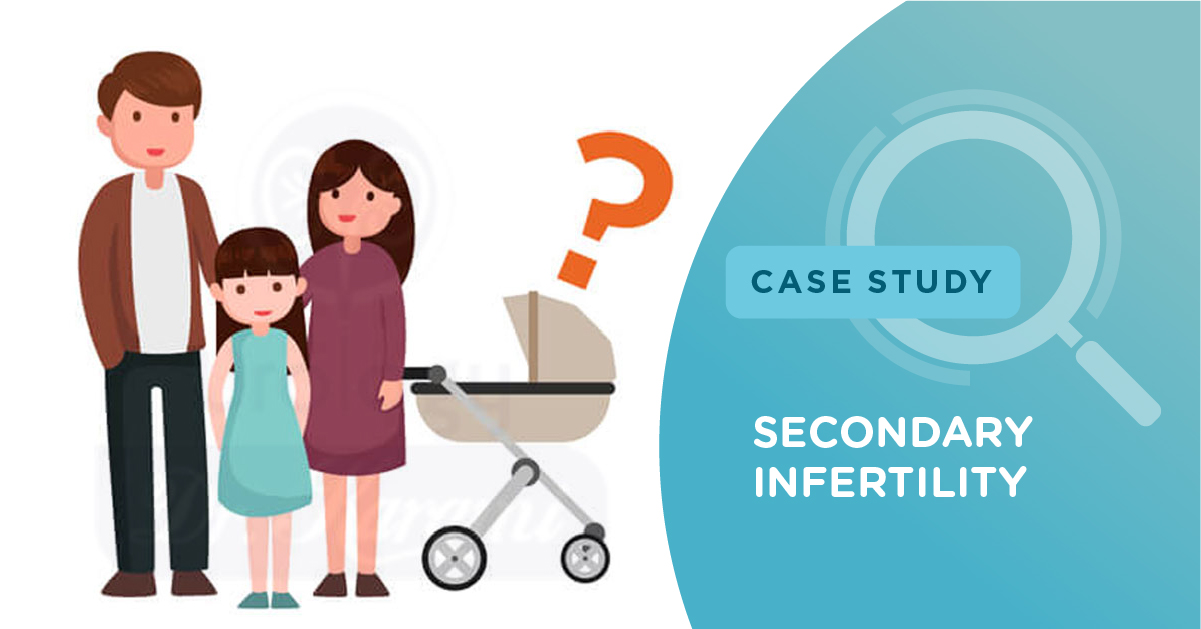
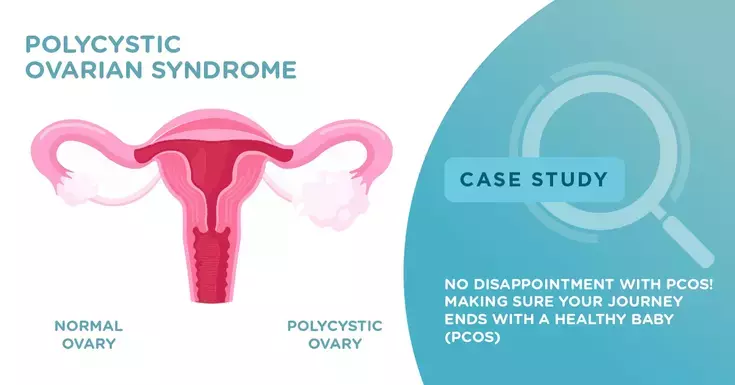






Add new comment